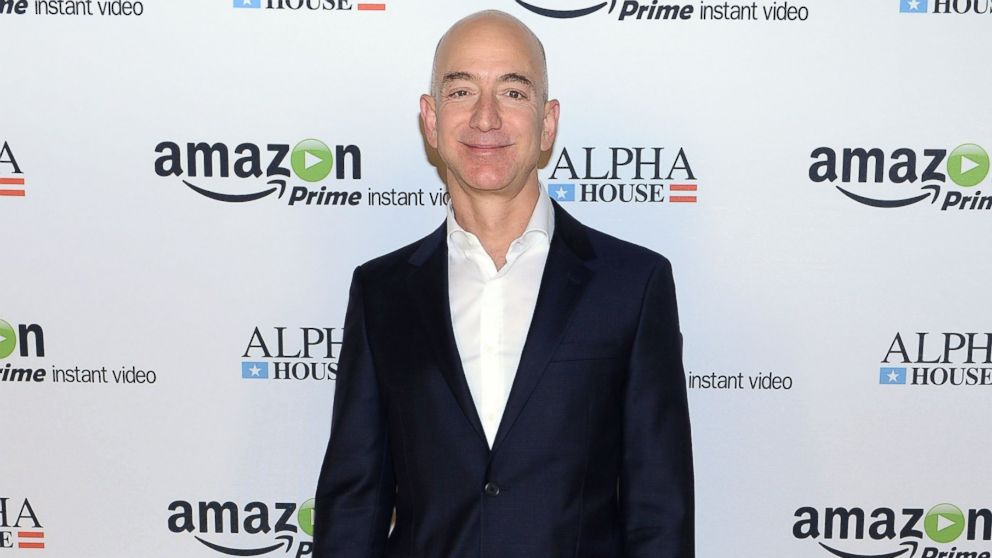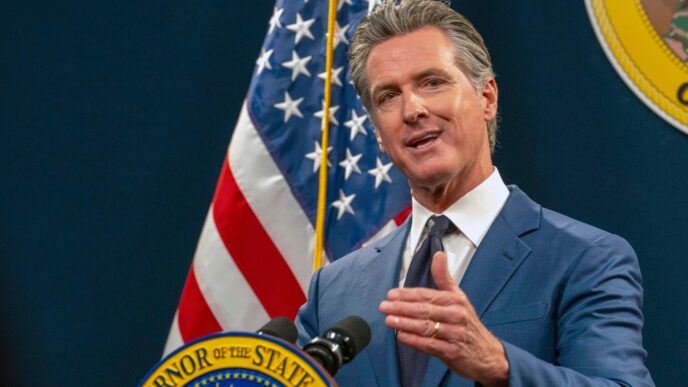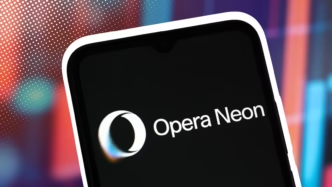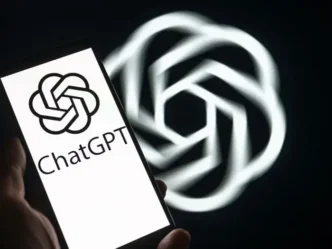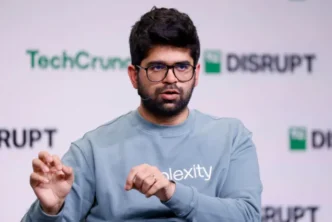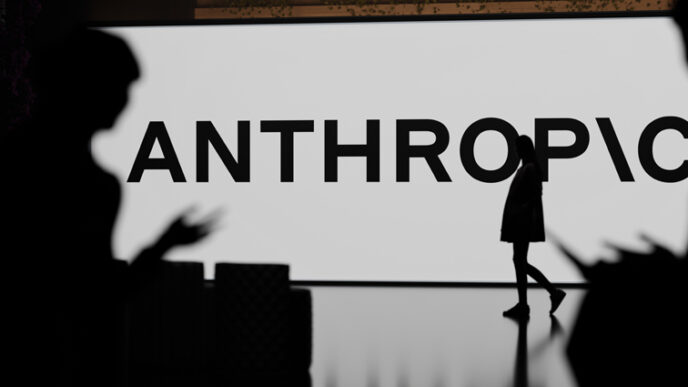Amazon just pushed the streaming world into a new phase with the arrival of AI-generated video recaps on Prime Video, and it already feels like the end of the classic “previously on…” era. Instead of relying on those quick montage reminders that usually open a new episode or season, Amazon is now blending generative AI with cinematic visuals to help you catch up without rewatching everything you forgot. And it’s rolling out faster than many expected.
The company says the new feature uses advanced AI to craft what it calls “theatrical-quality season recaps,” complete with synced narration, dialogue moments, transitions, and music that mimic the tone of the original show. It’s launching in beta first and only for a small group of Prime Originals, including “Fallout,” “Tom Clancy’s Jack Ryan,” and “Upload.” More will come later as Amazon tests how viewers respond to these new AI-made summaries.
Prime Video has been experimenting with this idea for a while. Last year, viewers saw the first version of this concept with something called X-Ray Recaps. That version focused more on text and quick summaries of episodes or seasons, and Amazon built spoiler-prevention rules into the system so the AI wouldn’t reveal major twists.
The new system takes a much bigger step. Instead of just giving you the facts, it creates a mini-movie recap that feels like part of the show itself, which is worlds away from the simple text summaries users see on their phones or inside Google’s AI snapshots.
The rise of AI-generated video recaps is happening at a moment when people are drowning in content. With so many shows and so many long breaks between seasons, it’s easy to forget who betrayed whom, who died but came back, why the villain changed sides, or which subplot was left hanging.
Text summaries help, but they don’t always capture tone or emotion. That gap is what Amazon wants to fill. Instead of scrolling through Reddit threads or fan wikis, the idea is to hit “recap” and get a fast, polished summary that feels natural and reminds your brain of everything you forgot.
Some viewers will probably love having a video version of what used to be a wall of text. Others may find it intrusive, especially if the AI gets too creative or leaves out moments they think matter. And since we’ve never seen AI recaps used this widely on a major streaming platform, there’s still a question hanging in the air about how it changes the viewing experience. Could it become as normal as subtitles? Or will fans treat it like another feature they quickly turn off?
Prime Video isn’t the only platform blending AI into their user experience. YouTube TV already uses machine learning to help viewers jump into sports games that are already underway. Its “Key Plays” feature tries to identify important moments and present them in a quick highlight reel so users can catch up.
The feature isn’t perfect yet, especially in baseball where the algorithm struggles to identify defensive highlights, but it became good enough that it helped YouTube TV win a Technical Emmy. That win helped nudge streaming companies to explore how AI can help people consume content more efficiently instead of getting lost in it.
Netflix has gone in a different direction. Instead of using generative AI to recap what already exists, it is experimenting with AI inside the production process itself. This year, Netflix revealed it used generative AI inside the final footage of “The Eternaut,” where the technology helped create a collapsing building scene that would have been more complex or expensive to produce the traditional way.
Then “Happy Gilmore 2” used AI to de-age characters in its opening moments, a technique that used to require huge teams and long hours. And in the early planning stages of “Billionaires’ Bunker,” producers used AI tools to imagine costume ideas and set pieces long before filming.
These examples show how AI is reaching into every part of the entertainment pipeline, from pre-production to post-production to viewer experience. But that shift also intensifies the debate surrounding Hollywood’s use of generative tools.
Many artists argue that AI systems are often trained using their work without permission, and that widespread AI adoption can reduce opportunities for creatives whose jobs depend on illustrating, animating, or designing worlds from scratch. Others believe that if AI handles repetitive tasks, like rough storyboards, scene tests, or early VFX, it can free up time for human creators to focus on more artistic or demanding work.
Tools like Wonder Dynamics are part of that conversation. They use AI to automate time-consuming steps in animation or special effects, such as automatically placing digital characters into scenes.
Supporters say these tools give small studios the chance to produce effects that would otherwise require big-studio budgets. Critics worry they accelerate a slow erosion of traditional craftwork. Now that AI-generated video recaps are entering mainstream streaming platforms, that debate will only intensify.
For now, Amazon seems focused on convenience, not cost-cutting. If the AI behind these video recaps can help viewers re-enter a story world without confusion, it might reduce the frustration that often comes with returning to a series after months or years.
And although it’s still early, Prime Video appears to be using this feature as a quality upgrade rather than a full replacement of human-made content.
That may change over time, but these early tests feel like a way for Amazon to measure how much viewers care about continuity and how comfortable they are with AI stepping into the narrative flow.
As streaming platforms fight to keep subscribers and differentiate themselves, tools like AI-generated video recaps give them something new to experiment with. Some features fade quietly. Others redefine how we watch TV. This one could go either way, but it signals that AI-driven storytelling tools are no longer experimental, they’re here, and they’re working their way into the entertainment we consume every day.
If Amazon’s rollout goes smoothly, Prime Video might not just be testing a convenience feature. It might be setting the stage for a future where AI doesn’t just summarize content but shapes more of the experience around it, from trailers to previews to personalized episode guides. For now, the bet is on helping people remember the story they came back for, and AI-generated video recaps are Amazon’s newest tool to make sure nothing gets lost between seasons.

